On-Page SEO

A Smarter SEO Content Audit: Aligning For Performance, Purpose & LLM Visibility
A major category, focus, or pillar (as I have defined it for decades) of SEO is content. Influencing a range of on-page factors, but more so to develop authentic context and authority status over the years, content has been an engine of so much SEO and is a focal point in the shift from keyword-focused to visibility in the era of LLMs, AI search results, and organic search results in integrated thinking.
7 Ways to Structure Your Blog Post for SEO & UX Success (+ ChatGPT Prompts)
Ever notice how some blog posts just flow better than others? You click on them from search results, and before you know it, you've read the entire piece without that urge to hit the back button. That's no accident, blog structuring is one of their key success ingredients!
From my years of content optimization, I can tell you firsthand: structure isn't just about aesthetics. It's the invisible architecture that determines whether your readers stay or bounce (and whether Google decides you deserve that coveted first-page ranking).
Let's cut through the noise and get straight to seven actionable blog structure practices, plus practical ChatGPT prompts, to help you satisfy both search engines and human readers.
Technical SEO

CMS Market Share Trends: Top 10 Content Management Systems (Oct 2025)
WordPress remains the dominant force in content management systems, powering 43.3% of websites surveyed and holding a 60.7% share among sites using a CMS, according to W3Techs (October 2025). That is still a commanding lead, but it marks a sustained decline from its peak of 65.2% in 2022 and is back to the same level as 2018, prior to the pandemic boom.
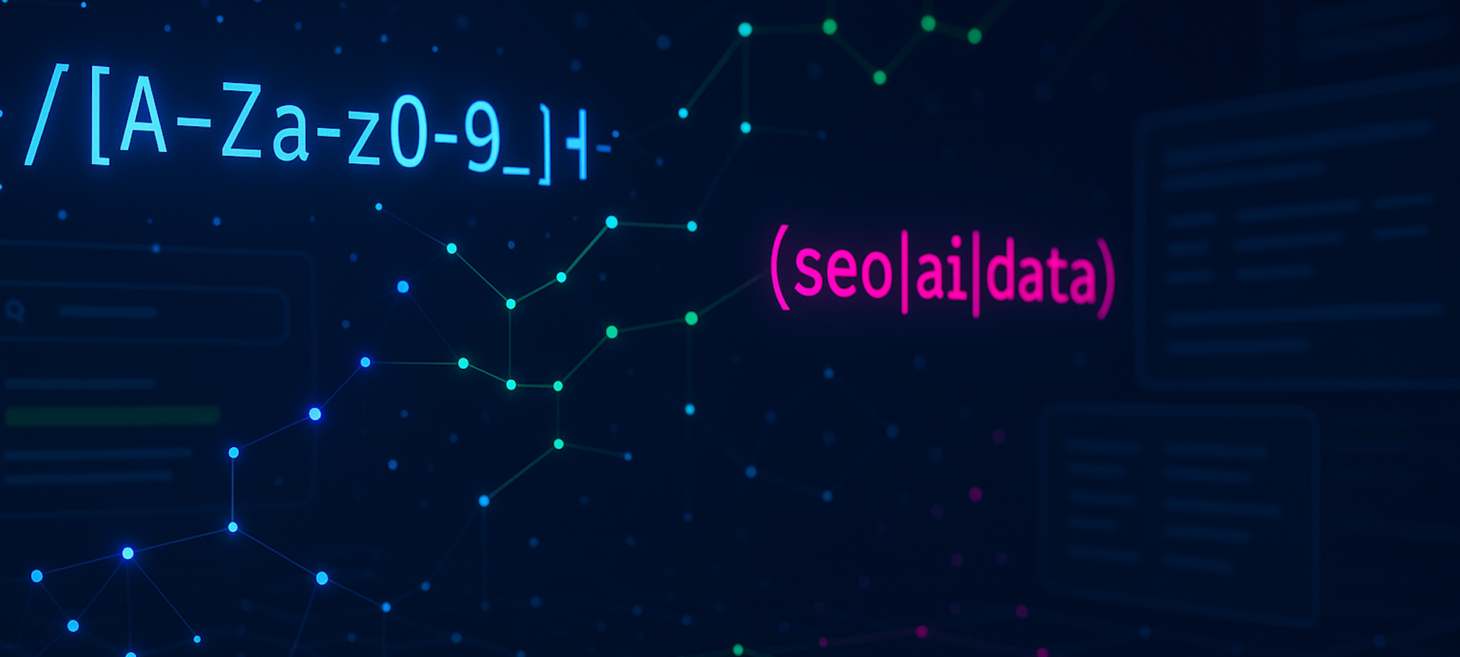
Regex for SEO: The simple language that powers AI and data analysis
Regex is a powerful – yet overlooked – tool in search and data analysis.
With just a single line, you can automate what would otherwise take dozens of lines of code.
Ecommerce SEO
Your Q4 ecommerce checklist for peak holiday sales
Q4 is here – and for ecommerce brands, that means the biggest sales opportunities of the year are just ahead.
Black Friday, Cyber Monday, Christmas – the biggest sales events are just around the corner. To hit your targets, preparation is key. It’s not too late to act, and the opportunities ahead are huge.
Use this checklist to get up to speed quickly and set your account up for success.
Holiday ecommerce to hit record $253 billion – here’s what’s driving it
U.S. consumers are expected to spend a record $253.4 billion online this holiday season, according to Adobe’s annual shopping forecast. That’s a 5.3% year-over-year increase covering the period from Nov. 1 to Dec. 31.
Adobe’s analysis, based on over 1 trillion visits to U.S. retail sites and 100 million SKUs across 18 categories, suggests that this year’s season will be shaped by the dominance of mobile shopping, flexible payment options and the growing influence of generative AI and social platforms on consumer behavior.
Video SEO

YouTube Expands Likeness Detection To All Monetized Channels
YouTube is beginning to expand access to its likeness detection tool to all channels in the YouTube Partner Program over the next few months.
The technology helps you identify unauthorized videos where your facial likeness has been altered or generated with AI.
YouTube announced the expansion after testing the tool with a small group of creators.
The tool addresses a growing concern as AI-generated content becomes more sophisticated and accessible.
The SEO shift you can't ignore: Video is becoming source material
With the rise of AI Overviews, Google is pulling from a broader set of content than ever before, including video. And not just video hosted on owned-and-operated platforms like YouTube.
Increasingly, user-generated content from platforms like TikTok, Reddit, and YouTube are shaping Google search results.
The line between search and social is blurring even faster than many brands realize.
Search Engine Advertising (PPC)

Black Friday 2025: The affiliate PPC compliance playbook
Black Friday is when performance peaks — and so do risks. In 2024, global spending reached $74.4 billion, with U.S. online sales up 10.2% year-over-year. Behind that growth, affiliate competition and coupon activity surged, pushing paid channels to their limits.
During these high-traffic days, even a single unchecked campaign can waste hundreds of thousands of dollars. Coupon fraud, coupon scam tactics and unauthorized brand bidding mess with your paid traffic, distort performance data and steal conversions that should’ve stayed yours.
That’s why strong PPC compliance and continuous promo code monitoring aren’t optional — they’re what keep acquisition costs stable and brand visibility intact when every click counts.
In this article, we’ll break down how coupon fraud and brand bidding undermine paid traffic — and how real-time compliance tools help brands stay protected when competition hits its peak.
ChatGPT Atlas browser could drain ad budgets by mimicking human clicks
Following OpenAI’s launch of ChatGPT Atlas, software company Search Atlas flagged a major issue: the AI-powered browser can interact with websites in a way that looks indistinguishable from real human users, including clicking on paid advertisements.
Google Ads (Search Network)
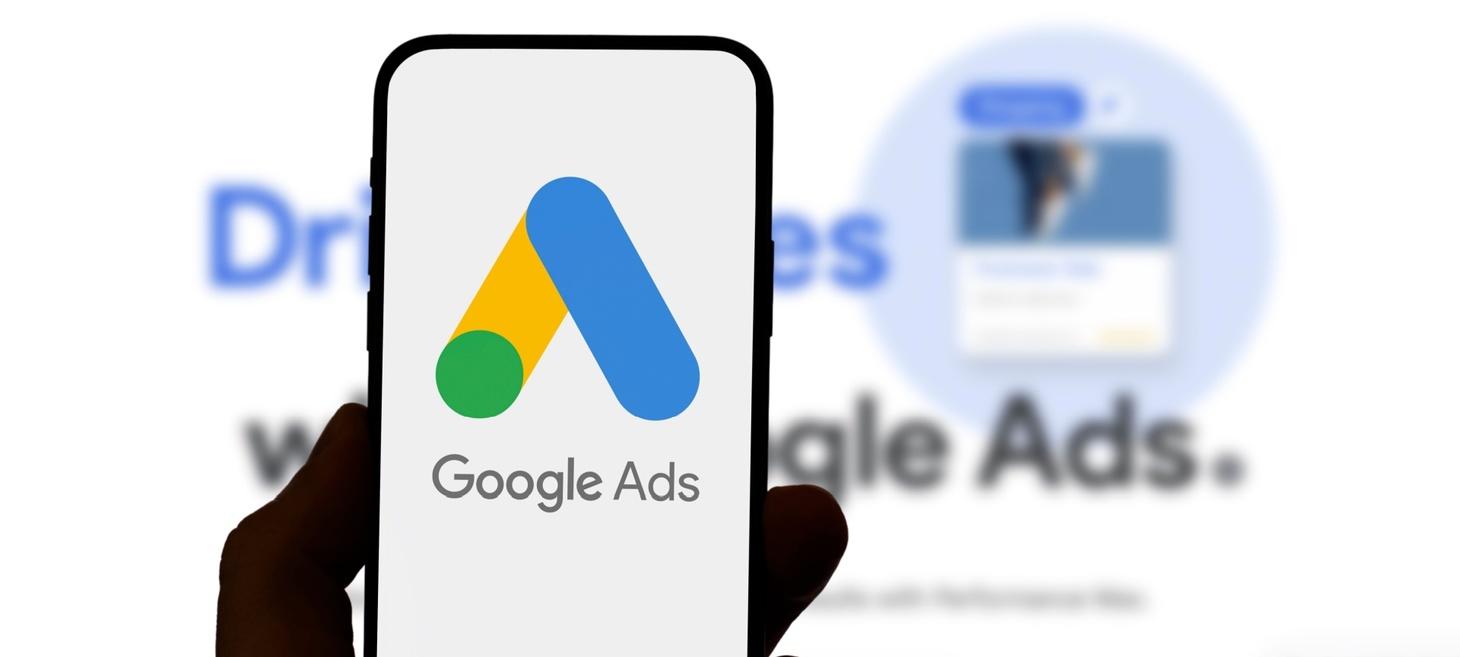
Google Ads’ new text guidelines feature begins rolling out
Google is starting to roll out its new Text Guidelines feature in Google Ads, a tool first announced at the Think Retail event five weeks ago that gives advertisers more control over AI-generated ad copy.
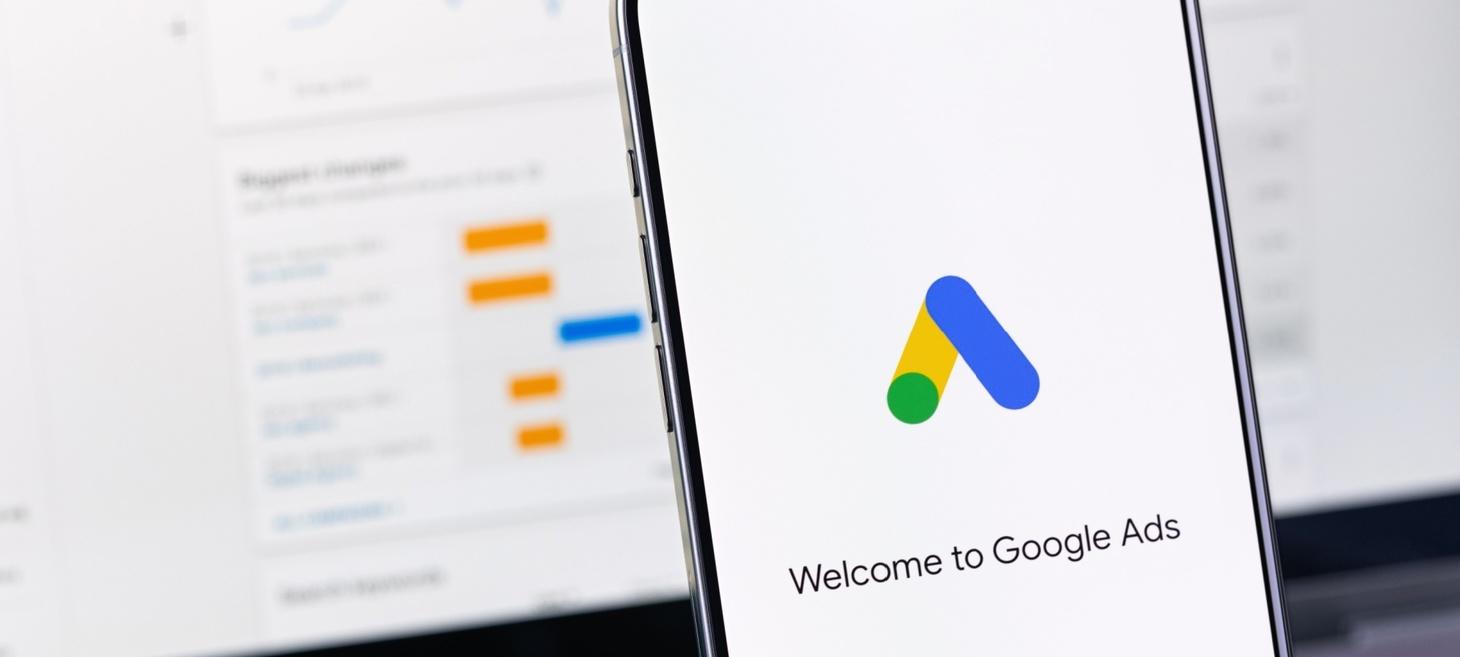
Google Ads quietly tests auto-setting “New Customer Value”
Google Ads appears to be testing an automatic assignment of New Customer Value within New Customer Acquisition (NCA) campaigns — and it’s doing so without advertisers’ explicit consent.
Merchant Centre

Google Merchant Center adds centralized Issue Details Page
Google Merchant Center is rolling out a new Issue Details Page (IDP) to help advertisers more easily diagnose and resolve account or product-level problems.
Google launches automatic marketing content extraction
Google today rolled out a new feature that automatically uses businesses’ marketing content to enhance their visibility across Google products.
All merchants will be automatically enrolled in the marketing content usage program. You can opt out at any time through Merchant Center settings.
YouTube Ads
New YouTube Brand Pulse report tracks every brand mention
YouTube today introduced a new Brand Pulse report that gives advertisers a real-time snapshot of their brand’s total presence across YouTube — from paid ads, to creator collaborations, to user-generated videos.
How to use YouTube Ads to drive B2B conversions
It’s true that YouTube Ads perform very well for ecommerce advertising aimed at consumers. But YouTube can also help drive B2B leads.
You might be scratching your head and saying, “But I’ve tried YouTube for B2B. It doesn’t convert.” And you would be right.
YouTube Ads for B2B rarely convert directly into leads. Complex products with long sales cycles are not going to sell themselves in one video.
But YouTube campaigns definitely have a positive influence on B2B lead generation – we’ve seen it across nearly all of our B2B clients.
Here are two case studies, featuring very different advertisers, that show how YouTube Ads can be used to increase B2B conversions.
Performance Max Campaigns
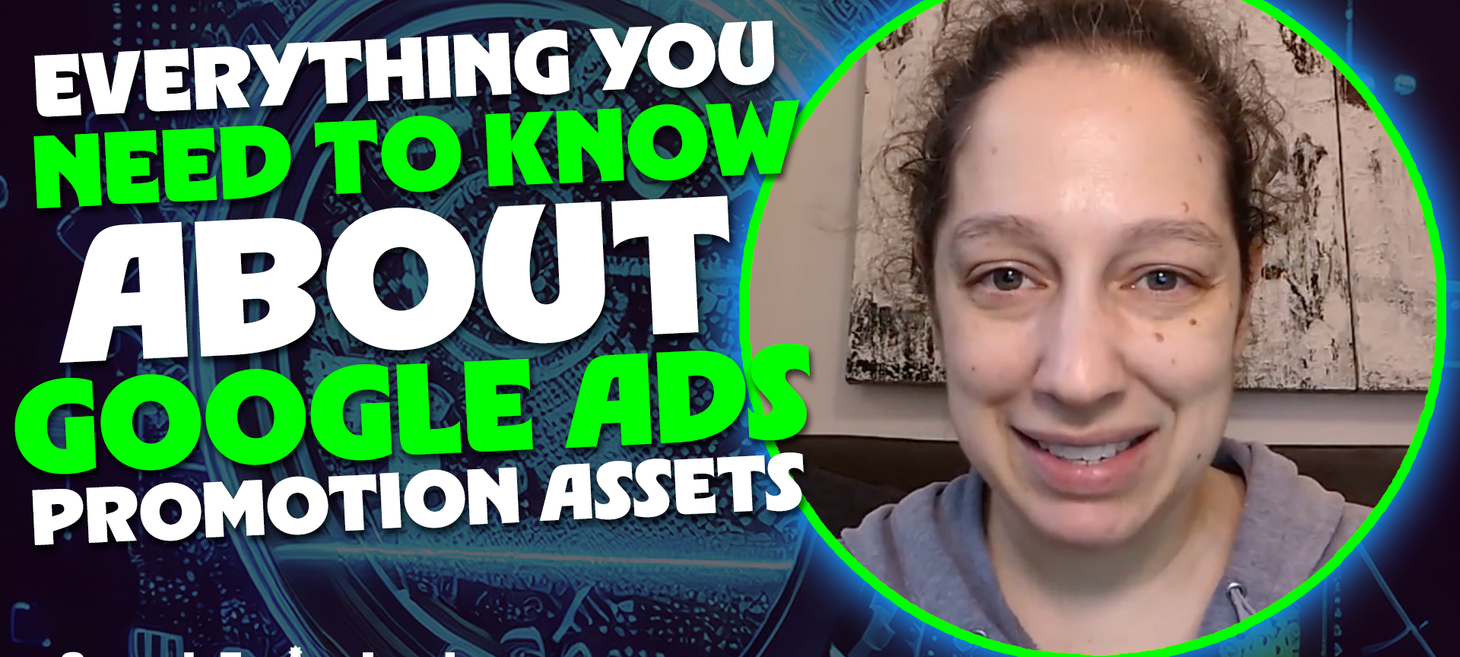
How to use Google Ads Promotion assets (a step-by-step checklist)
With Black Friday, Cyber Monday, and the holiday season fast approaching, you’re probably knee-deep in holiday account planning.
Today, we’re zeroing in on a Google Ads feature that you can use all year ‘round, but may be particularly useful to you and your customers during the holidays: Promotion assets.
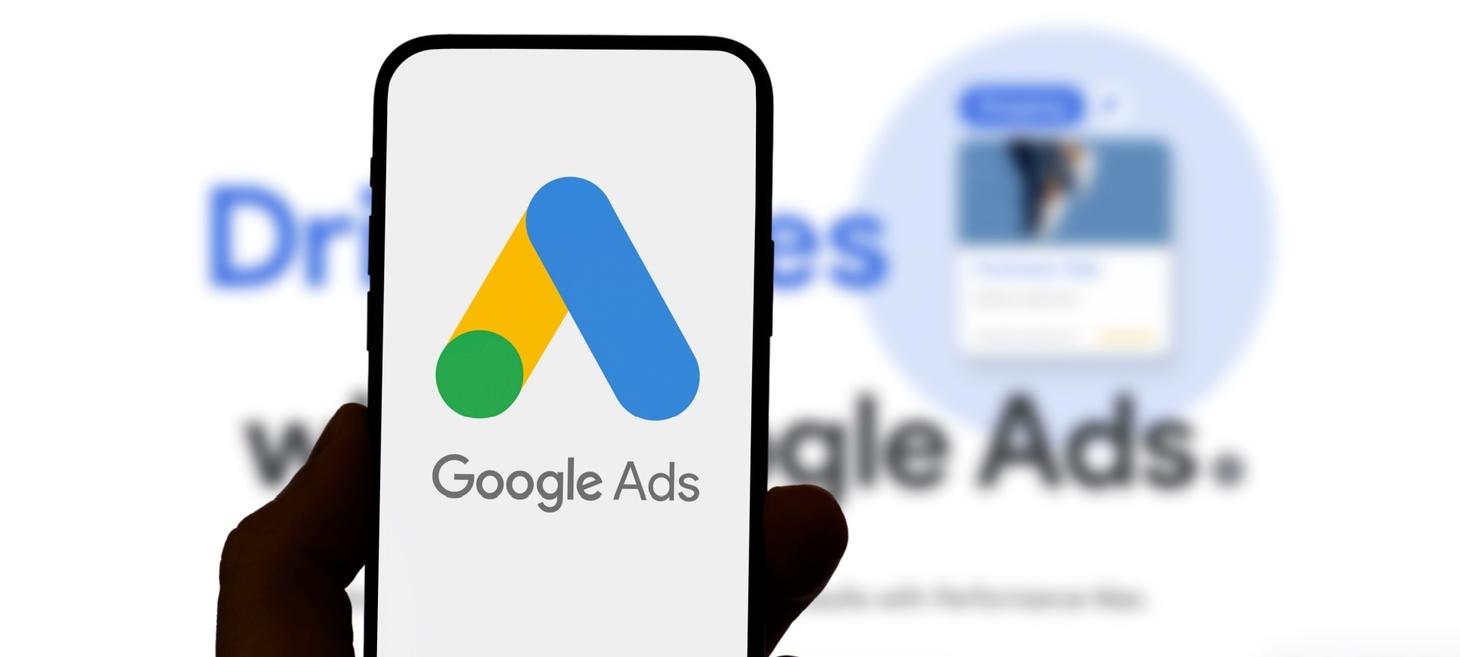
Google brings Smart Bidding Exploration to Performance Max
Google is rolling out Smart Bidding Exploration inside Performance Max campaigns, giving advertisers more flexibility to capture conversions by loosening rigid ROAS targets.
AI-Driven Search

OpenAI launches a web browser - ChatGPT Atlas
OpenAI announced the launch of its first web browser, which they named ChatGPT Atlas. Atlas is currently available on Mac only right now and has all the features you would expect from an AI browser.
But the most surprising part is that its built-in search features seem to be powered by Google and not Microsoft Bing, its early partner and one of its largest investors.

Black hat GEO is real – Here’s why you should pay attention
In the early days of SEO, ranking algorithms were easy to game with simple tactics that became known as “black hat” SEO – white text on a white background, hidden links, keyword stuffing, and paid link farms.
Early algorithms weren’t sophisticated enough to detect these schemes, and sites that used them often ranked higher.
Today, large language models power the next generation of search, and a new wave of black hat techniques are emerging to manipulate rankings and prompt results for advantage.
Voice Search
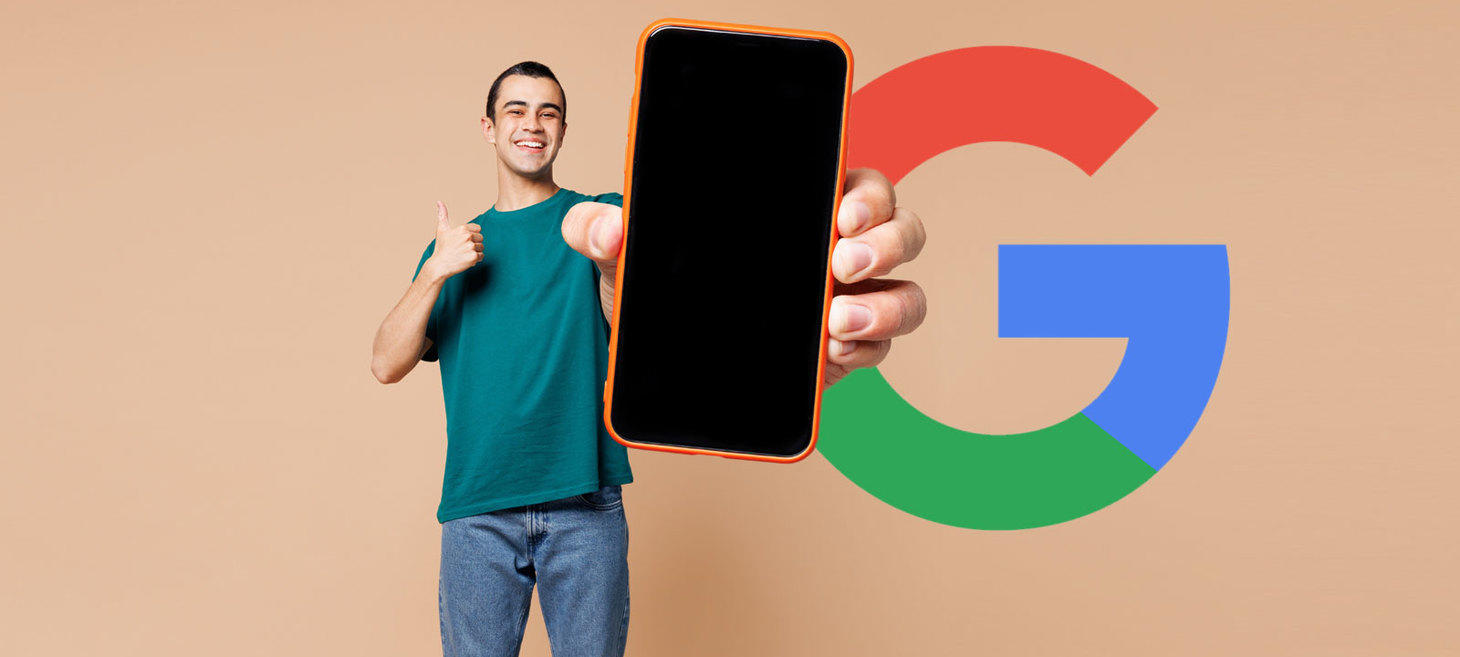
Google Announces A New Era For Voice Search
Google announced an update to its voice search, which changes how voice search queries are processed and then ranked. The new AI model uses speech as input for the search and ranking process, completely bypassing the stage where voice is converted to text.
The old system was called Cascade ASR, where a voice query is converted into text and then put through the normal ranking process. The problem with that method is that it’s prone to mistakes. The audio-to-text conversion process can lose some of the contextual cues, which can then introduce an error.
The new system is called Speech-to-Retrieval (S2R). It’s a neural network-based machine-learning model trained on large datasets of paired audio queries and documents. This training enables it to process spoken search queries (without converting them into text) and match them directly to relevant documents.

Voice Search SEO: 9 Practical Tips For Businesses
Voice search is increasingly important and optimizing for voice search is essential for businesses to stay competitive in today’s SEO market.
In the US and UK, 28% of consumers claim to use voice assistants daily, which is well over a quarter of users.
This guide presents eight strategies for voice search optimization, including conversational keywords, featured snippets, local SEO, and voice-friendly content.
Digital PR / Link Earning

The implosion of the blogging-for-dollars revenue model
For (dangerously) close to three decades, a large portion of the web was built on a simple and incredibly profitable premise:
- Slap some content on a page.
- Paste with ads.
- Collect the check.
This “blogging-for-dollars” model powered the growth of countless niche sites, media empires, and an entire supporting ecosystem of tools, services, and infrastructure.
But the model that once drove the golden age of attention-optimized publishing – where the sole goal was to generate pageviews, not serve a purpose or sell a product – is falling apart.
And no one should be surprised.

How to calculate link building ROI and justify your SEO investment
Link building is often 40% of an SEO budget – sometimes more in competitive industries. But here’s the problem: most companies aren’t calculating ROI before building links. That’s a fast way to burn through your budget without knowing what you’re getting in return.
User Experience (UX)
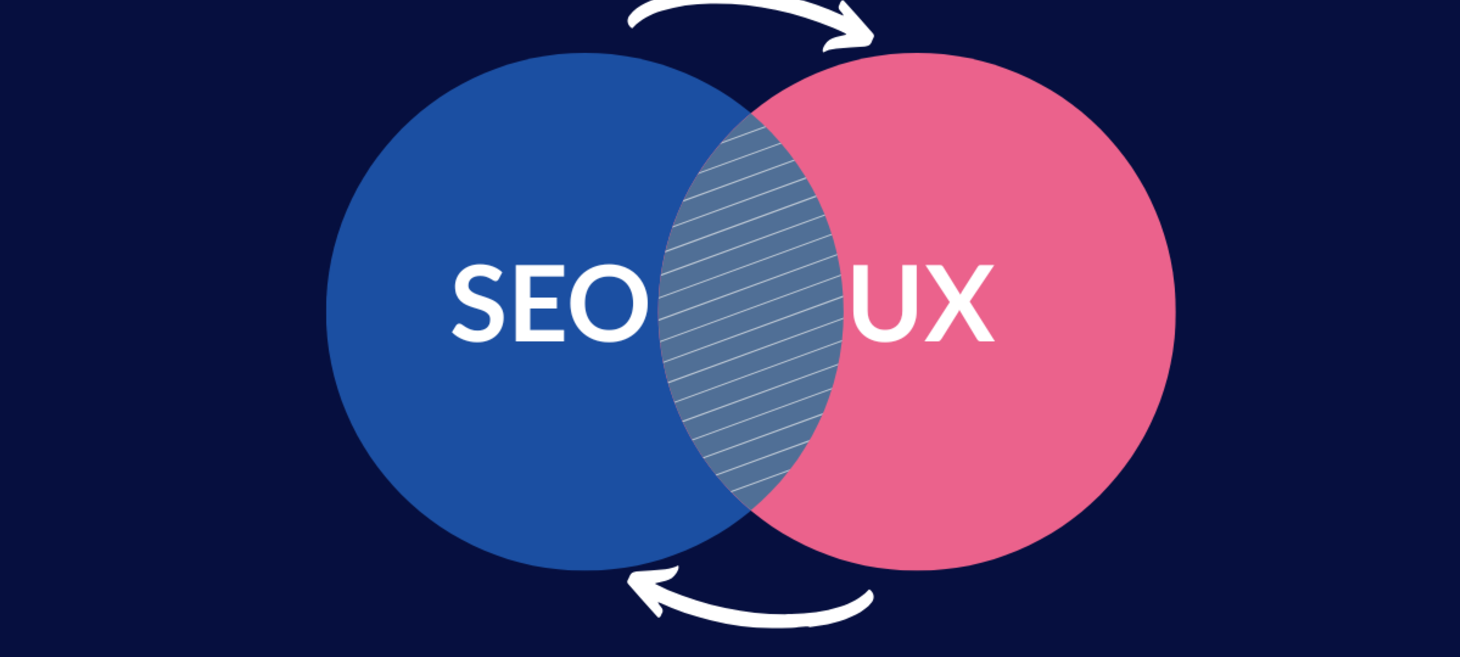
Maximising the click: the two-way relationship between SEO & UX
SEO and UX were once two completely separate disciplines: one focused on keyword optimisation, crawling and indexing, the other focused more on design.
However, websites have evolved massively over the last 3 decades, as well as what users come to expect from a website. And with SEO becoming more user-focused, the boundaries with UX have started to blur.
The good news is that good SEO generally equates to good UX, and vice versa; however, there are ways to marry the two to truly take them to the next level. This means that, as SEOs, we already possess some of the existing experience and skill sets to improve UX.
5 Ways Content Design & Formatting Are Harming Your Website
We all know by now that website copy is multifaceted. Alongside communicating your brand, targeting SEO, aiding usability, sharing your message, and showing people what you do, we also have the most important thing that website copy does for you: encouraging conversion.
When it comes to conversion-driven copywriting, we of course need to look at things like CTA copy and button text but many people underestimate the importance of formatting and content design.
Privacy & Security

Brave Reveals Systemic Security Issues In AI Browsers
Brave disclosed security vulnerabilities in AI browsers that could allow malicious websites to hijack AI assistants and access sensitive user accounts.
The issues affect Perplexity Comet, Fellou, and potentially other AI browsers that can take actions on behalf of users.
The vulnerabilities stem from indirect prompt injection attacks where websites embed hidden instructions that AI browsers process as legitimate user commands. Brave published the findings after reporting the issues to affected companies.

OpenAI ChatGPT Browser Atlas Hacked In An Alarming Security Jailbreak
On the surface, ChatGPT Atlas — the newly launched AI-enabled browser from OpenAI — seemed like the next step in web browsing: blending the intuition of a conversational assistant with the power of full-featured navigation. But beneath its polished interface lies a critical vulnerability: the very mechanism that gives Atlas its power also opens the door to a subtle and potentially devastating exploit.
Security researchers at NeuralTrust have uncovered a method by which adversaries can “jailbreak” the browser’s omnibox (the combined address/search bar) by disguising malicious commands as URLs. In effect, the browser misclassifies what was meant to be a navigational input as a “user command”, granting it elevated trust and the ability to act on it.
Thought Pieces

AI Is Breaking The Economics Of Content
What does it say about the economics of content when the most visible site on the web loses significant traffic?
A status report by Wikipedia shows a significant decline in human page views over the last few months as a result of generative AI, “especially with search engines providing answers directly to searchers”
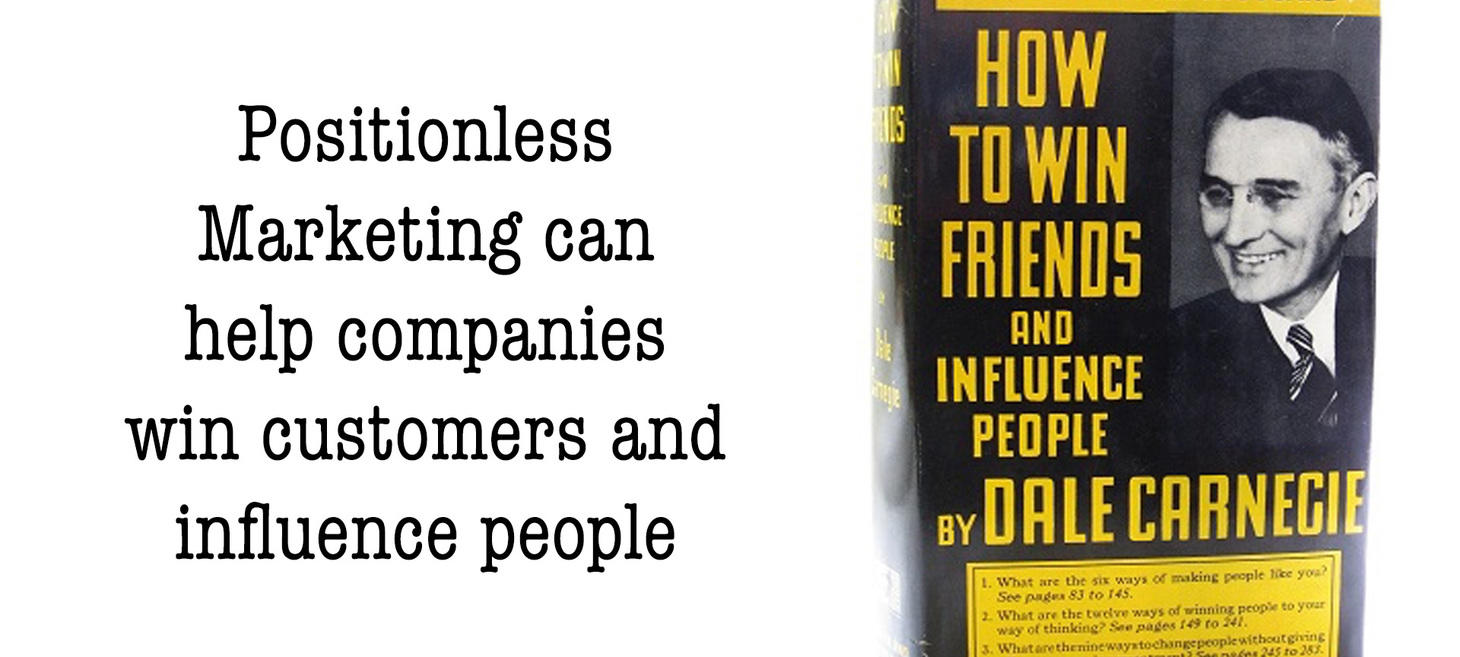
How Dale Carnegie’s principles are foundational for Positionless Marketing
Marketing has evolved beyond static roles and siloed teams. In today’s hyper-dynamic environment, customer expectations demand more: speed, relevance, empathy, and personalization. That is where the Positionless Marketer thrives.
Enabled by Positionless Marketing, modern marketers are no longer confined to the limitations of marketing assembly lines. They can now execute any marketing task instantly and independently, from audience segmentation to campaign creation to performance optimization. While this shift is powered by AI, automation, and real-time data, the underlying success still depends on one thing: understanding people.
This is where Dale Carnegie’s timeless book: “How to Win Friends & Influence People,” published in 1936, becomes surprisingly modern. With more than 30 million copies sold, Carnegie’s principles remain essential for anyone trying to build meaningful relationships, including marketers. At its core, Positionless Marketing is about just that: forging genuine, personal connections at scale.
Here’s how the core habits from Carnegie’s classic, map directly to the everyday practice of Positionless Marketing.
